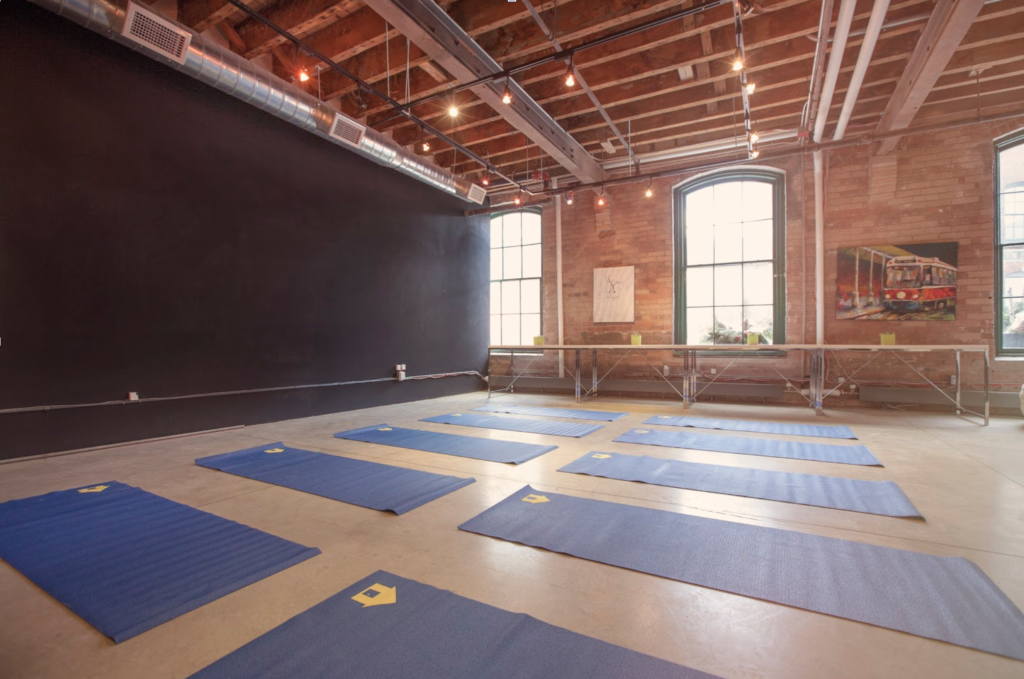Create or Die! How to Tap Your Team’s Creativity
Oct 22, 2019
In the daily grind of simply getting things done it can be difficult to find ways to tap into and maximize your team’s creativity. You know what we’re talking about, right? The get up, go to work, kick ass, repeat grind isn’t always conducive to coming up with the best ideas.
Not sure where to start with your team? Here are ten ways you can tap into and amp your team’s creativity.
Here at Yellow House, we pride ourselves on our creativity. Coming up with unique and creative event-based solutions is our bread and butter, which means ideation and brainstorming are second nature. Sometimes we do it on the fly ‘cause that’s how we roll, but we also regularly carve out time and space to make sure our ideas – and ways of doing things – are always the best they can be with creativity always in the lead.
“Creativity is one of the last remaining legal ways of gaining an unfair advantage over the competition.” — Ed McCabe
Good luck! Drop us a note anytime and let us know how it goes.
